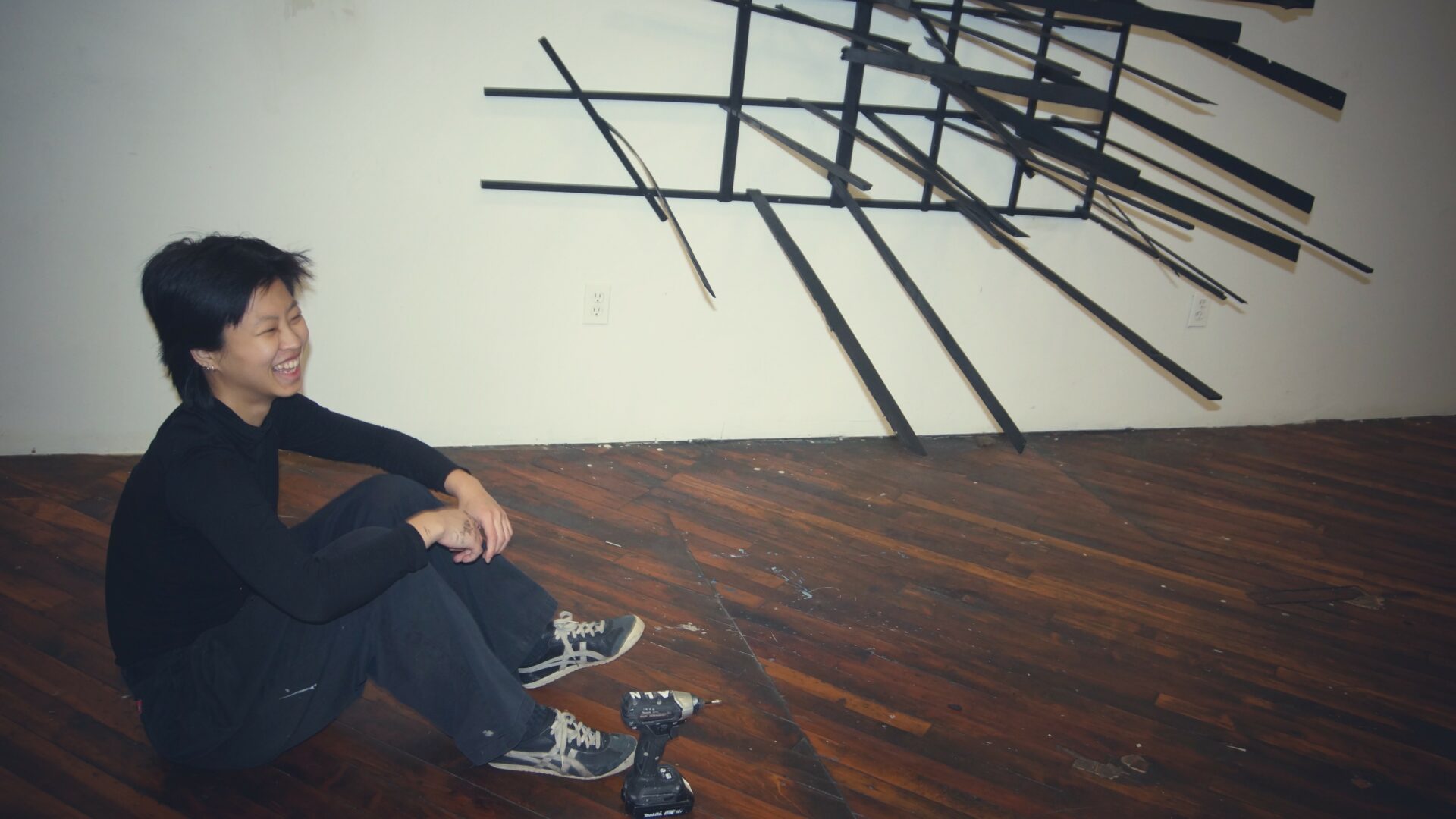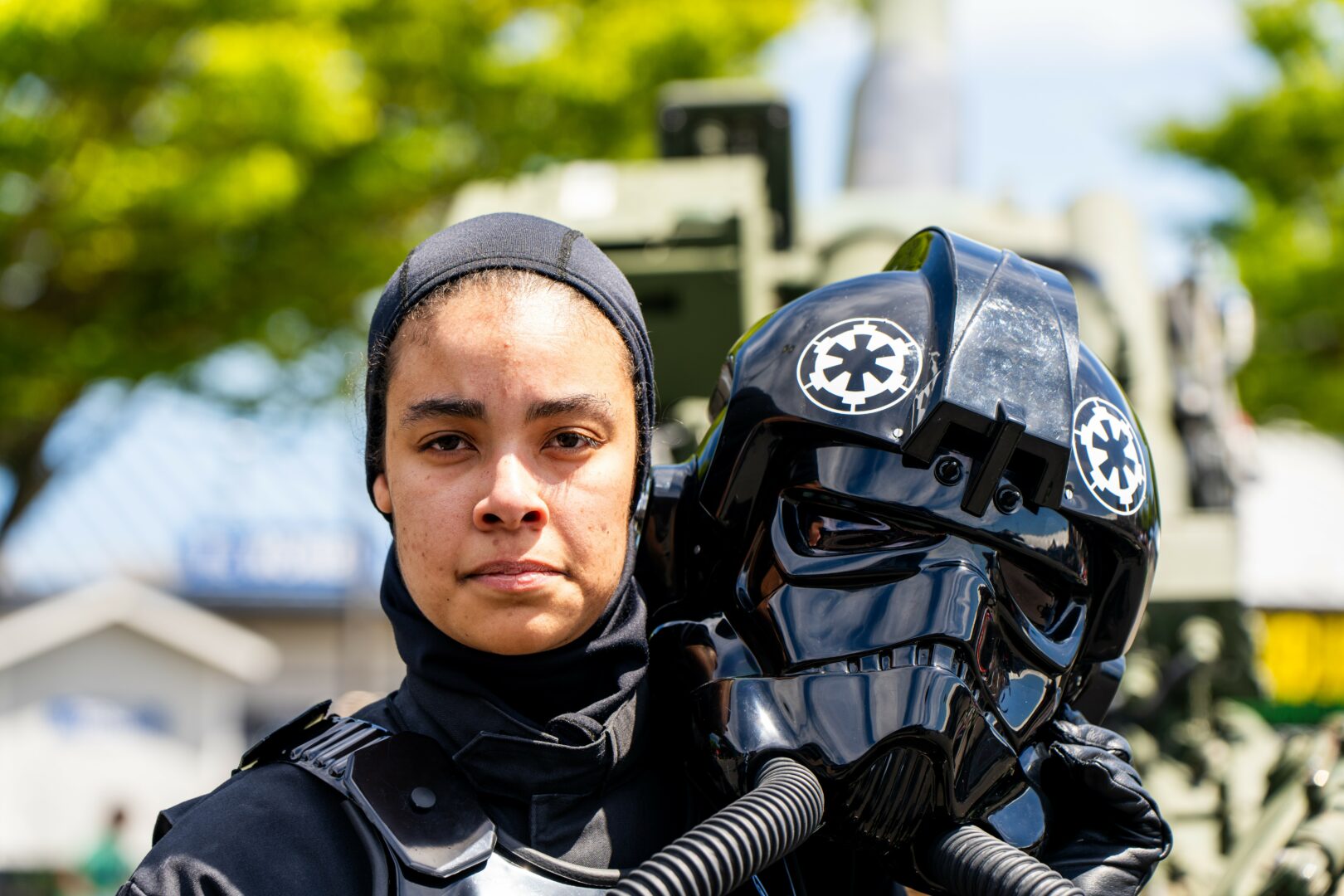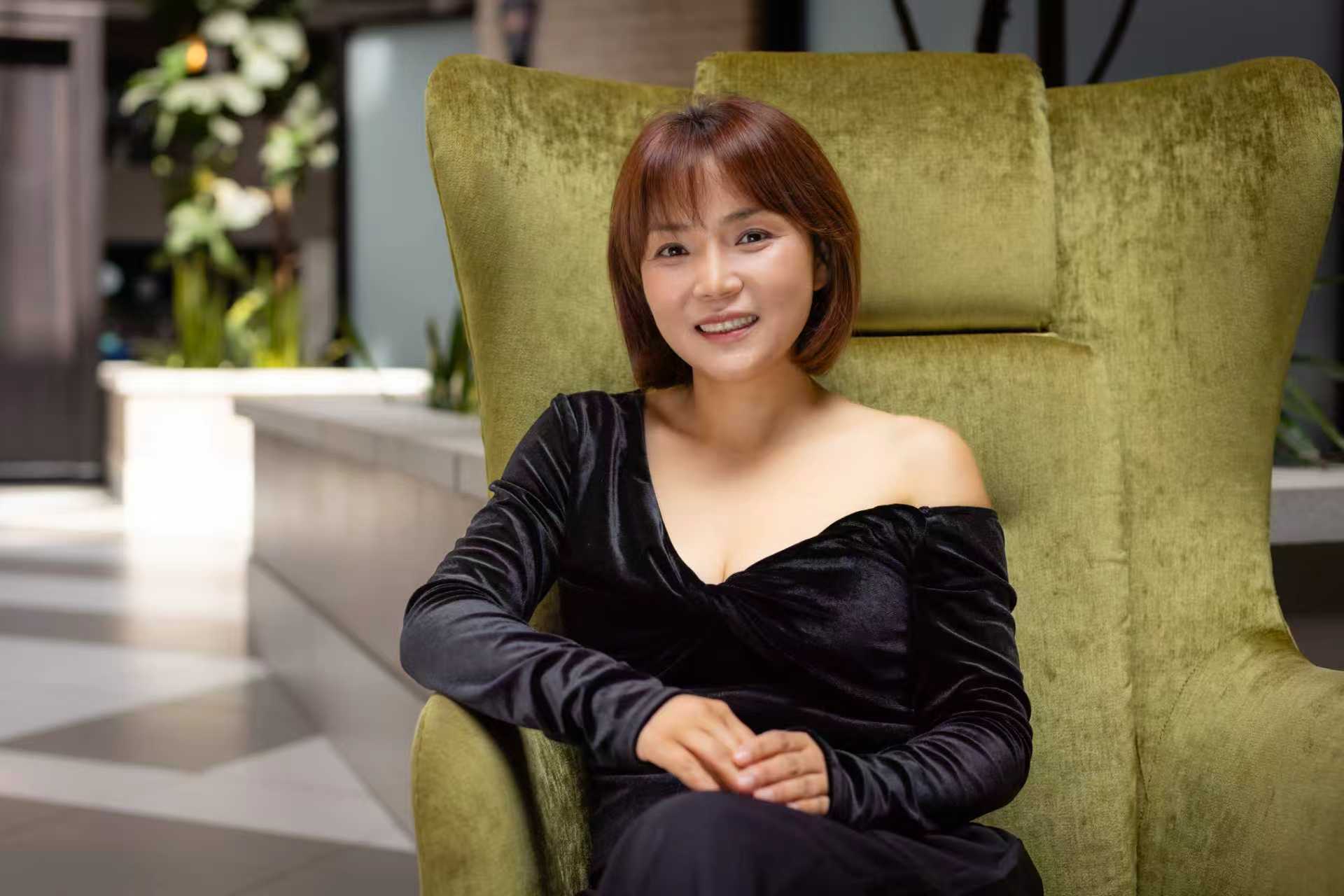We were lucky to catch up with Utong Aoieong recently and have shared our conversation below.
Utong, appreciate you making time for us and sharing your wisdom with the community. So many of us go through similar pain points throughout our journeys and so hearing about how others overcame obstacles can be helpful. One of those struggles is keeping creativity alive despite all the stresses, challenges and problems we might be dealing with. How do you keep your creativity alive?
I keep my creativity alive by constantly asking questions and trying to find answers. It’s also important for me not to feel frustrated when I don’t feel creative. I remind myself that creativity always comes back when the right moment arrives. Sometimes I just trust myself, do what I enjoy, and think about why I like it later. I’m not even sure what creativity truly is, maybe it’s simply led by curiosity. I feel happy whenever I discover something new and can share it with others.
In my art-making journey, I often ask questions about things that don’t feel right. For example, I once wondered why the materials I use appear the way they do. I later realized it’s because most of them are industrial materials. They are designed for convenience and efficiency, not for artistic expression. This led me to study where these materials come from and to look for ones that give me more freedom to create. That process keeps my creativity alive.

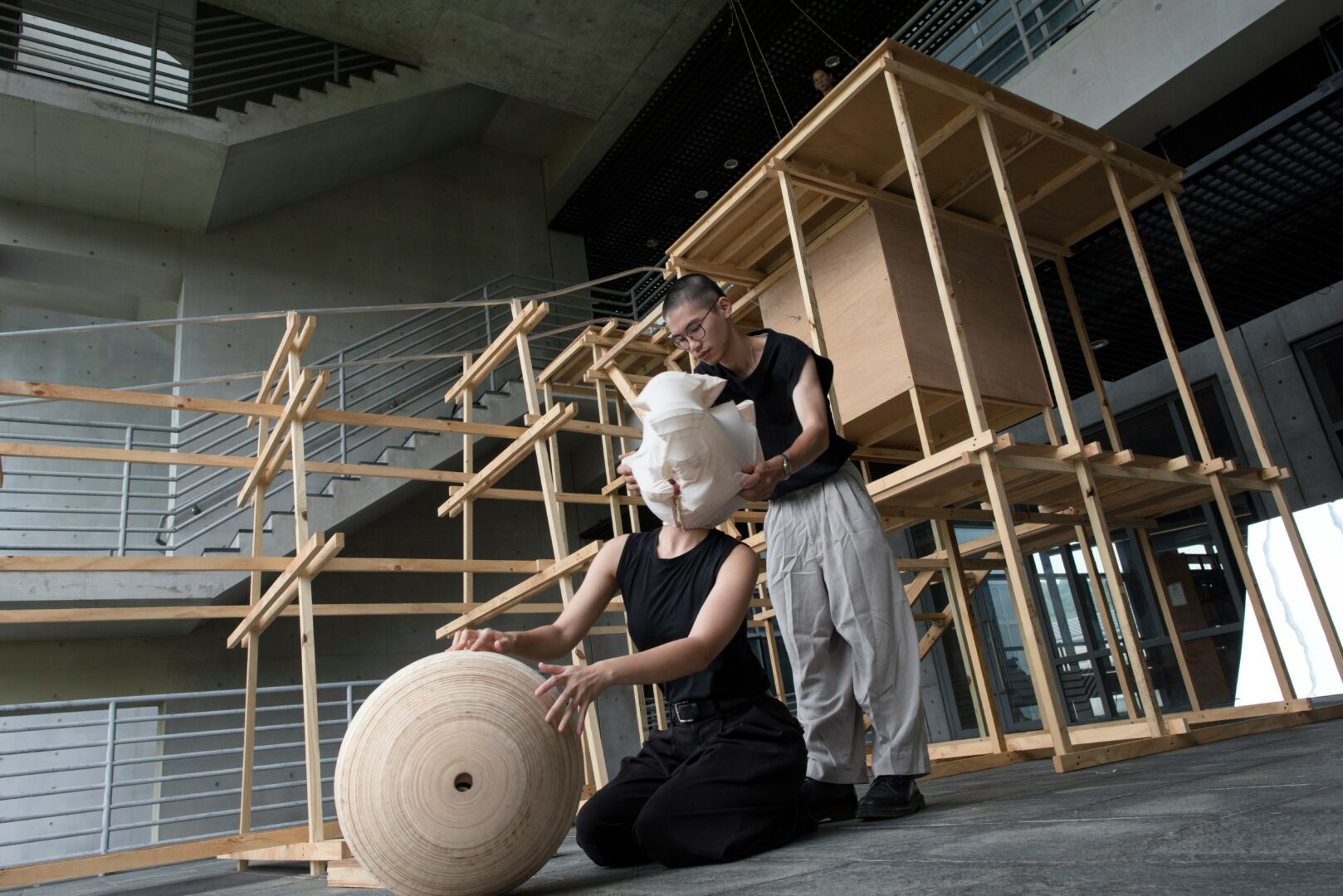
Appreciate the insights and wisdom. Before we dig deeper and ask you about the skills that matter and more, maybe you can tell our readers about yourself?
I explore the transformation of material through process and question how human intention shapes our relationship between object and the world. My practice is primarily sculptural but often extends into performance that related to the process of formation.
We live in a world full of object, yet we are unfamiliar with the material that compose them. In industrial settings, materials are often transformed by human intentions. The transformation makes the materials easier to work with but also limits their complexity and possibilities. This kind of industrial abstraction can feel restrictive, as the material’s natural character and potential are trapped with predetermined forms. As an artist, I feel this limitation and am motivated to explore material in their first level of abstraction, and to reconnect with the cycle of use: sourcing, transforming, and returning.
I view materials in society as existing on different levels of abstraction, from their earliest natural forms to industrialized products. Take dirt as an example, it contains a mixture of clay, sand, slit, organic matter. When used as a building material, these components are separated, refined, and recombined, which I consider as a process of reorganization of matter. This project explores material in its earliest state of abstraction. I study the behavior, experiment with possibilities, and decide how far I want to take the abstraction. Through this process, I reconnect with the world that existed before me and begin to form my own perception.
Recently, I’ve also started farming as a way of living. It has given me new inspiration about how the world functions and how I exist within it as an artist. I’m excited to continue learning about different farming practices and to explore how art, farming, and daily life can merge into one continuous practice.
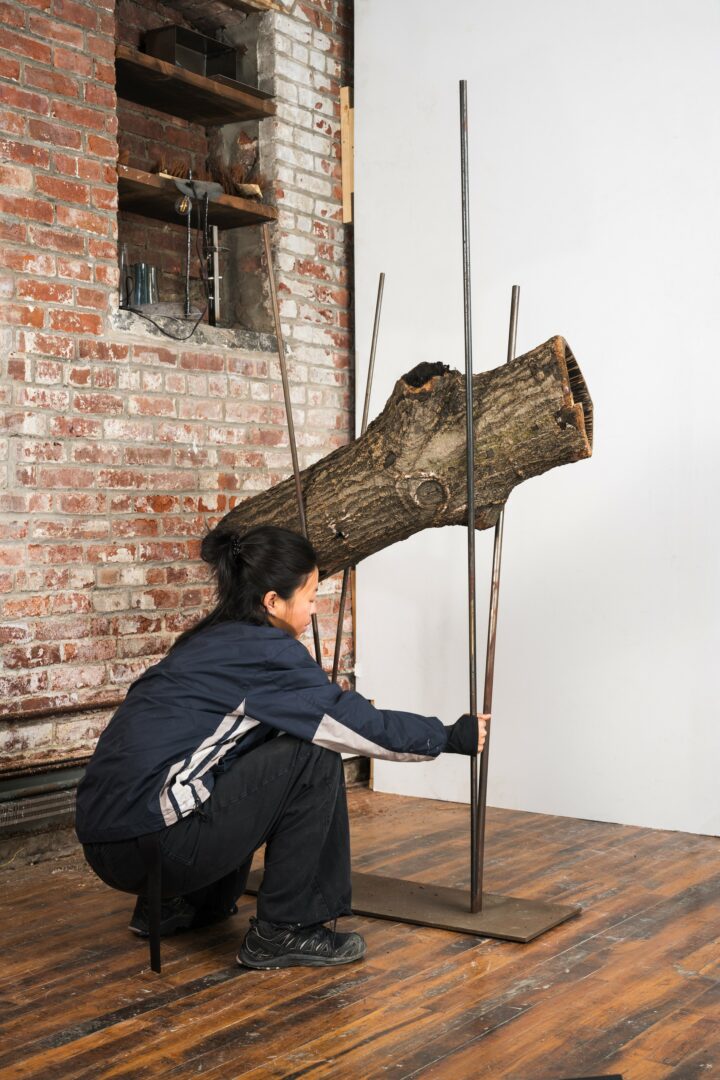
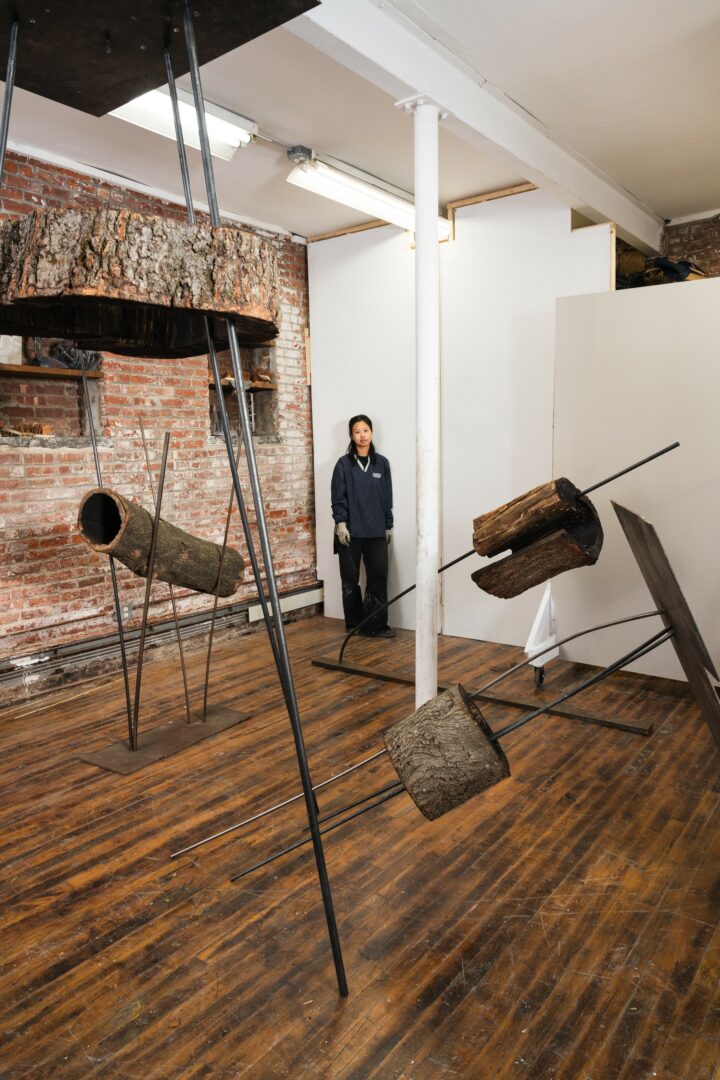
If you had to pick three qualities that are most important to develop, which three would you say matter most?
Looking back, I think the three qualities that have had the greatest impact on my journey are being present, staying curious, and thinking critically. Learning to live in the moment and enjoy what I am doing allows me to stay connected to the process itself, instead of being distracted by outcomes. I try to pay attention to what makes me happy and make time for it, because joy often leads to genuine creativity. Curiosity has also been essential . I constantly ask questions about the world around me and trace things back to their origins. Understanding where things come from helps me see materials and ideas from new perspectives. Finally, I’ve learned that there are no fixed rules, only what is suitable or not suitable in a given situation. Thinking critically gives me the freedom to decide my own direction and to make choices that truly align with my values and intentions.
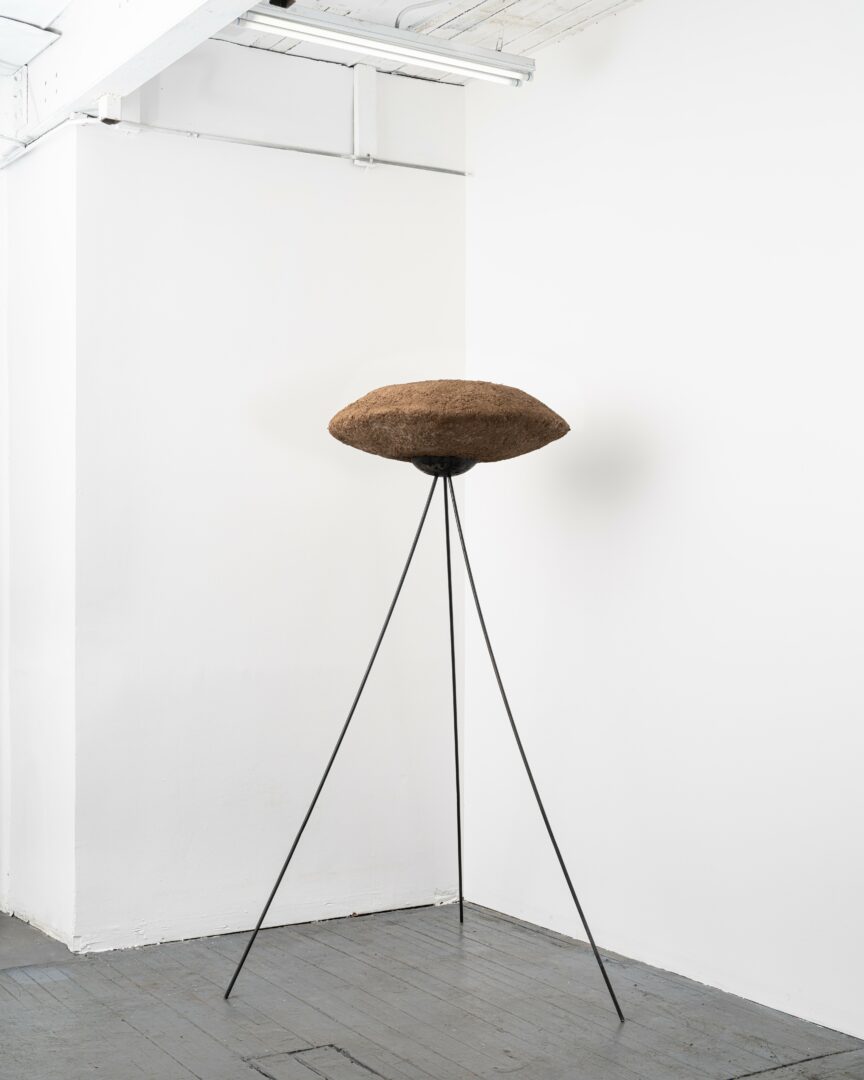
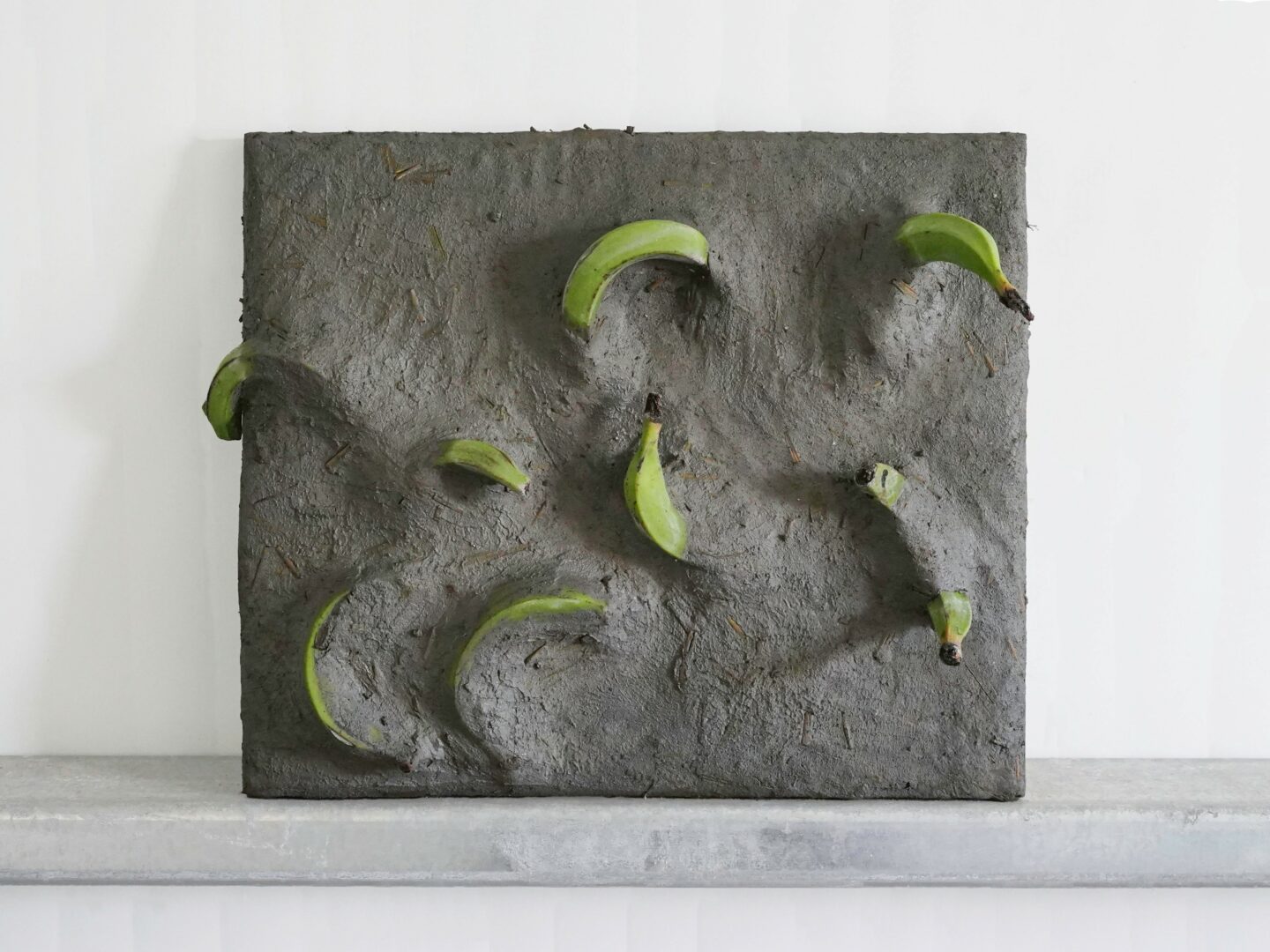
One of our goals is to help like-minded folks with similar goals connect and so before we go we want to ask if you are looking to partner or collab with others – and if so, what would make the ideal collaborator or partner?
Yes! I’m definitely looking to collaborate with people who have knowledge of traditional crafts or who have developed their own unique ways of working with different materials. I’m interested in learning from each other and sharing perspectives on how we approach materials, making, and building. If you’re working on something related and would like to connect, please send me an email introducing yourself, what you’re working on, and where you’re based. I’d love to start a conversation and explore possible ways to collaborate.
Contact Info:
- Website: https://Www.utongstudio.com
- Instagram: utongaoieong
- Youtube: https://www.youtube.com/@utong_instudio
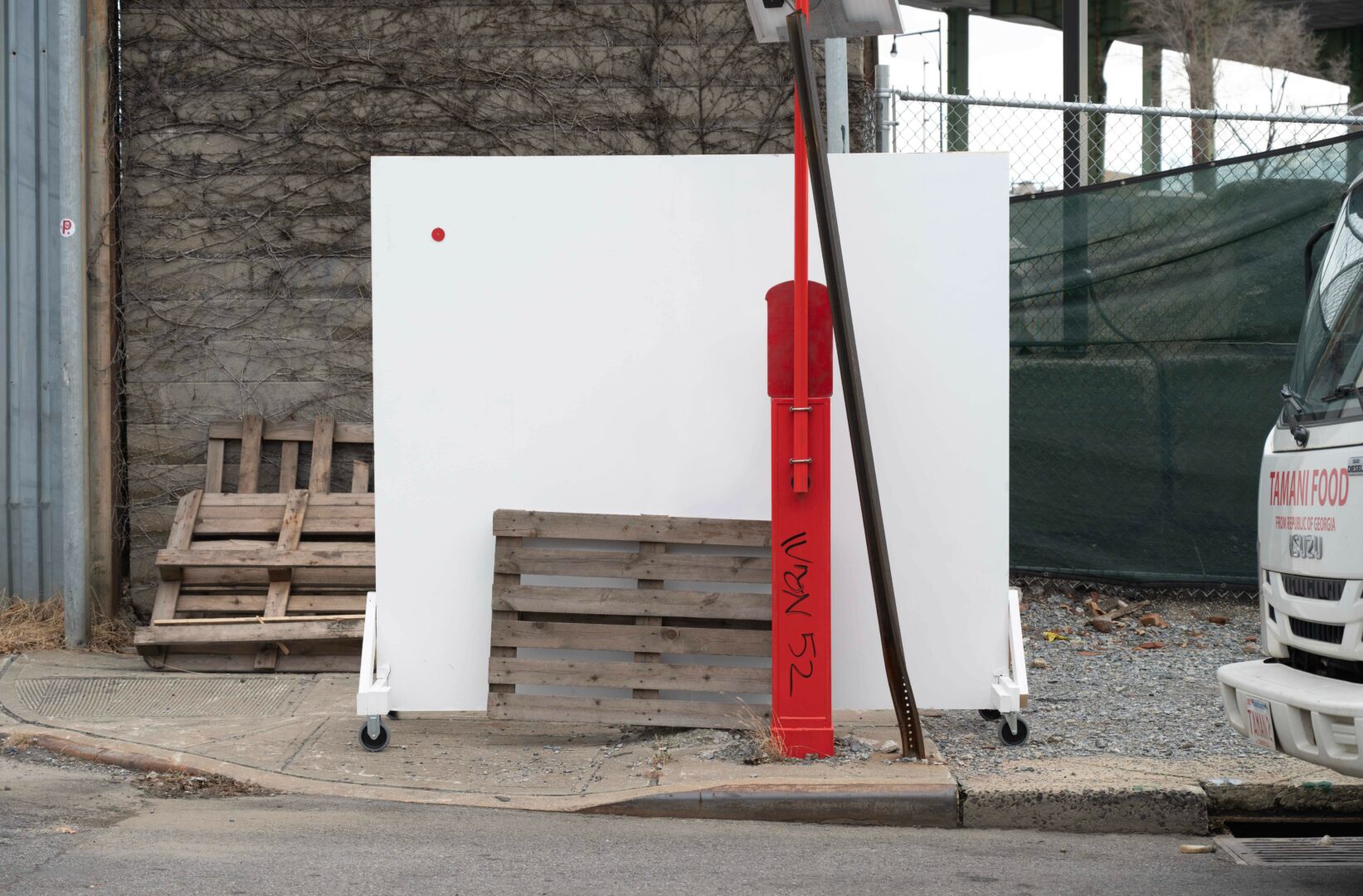
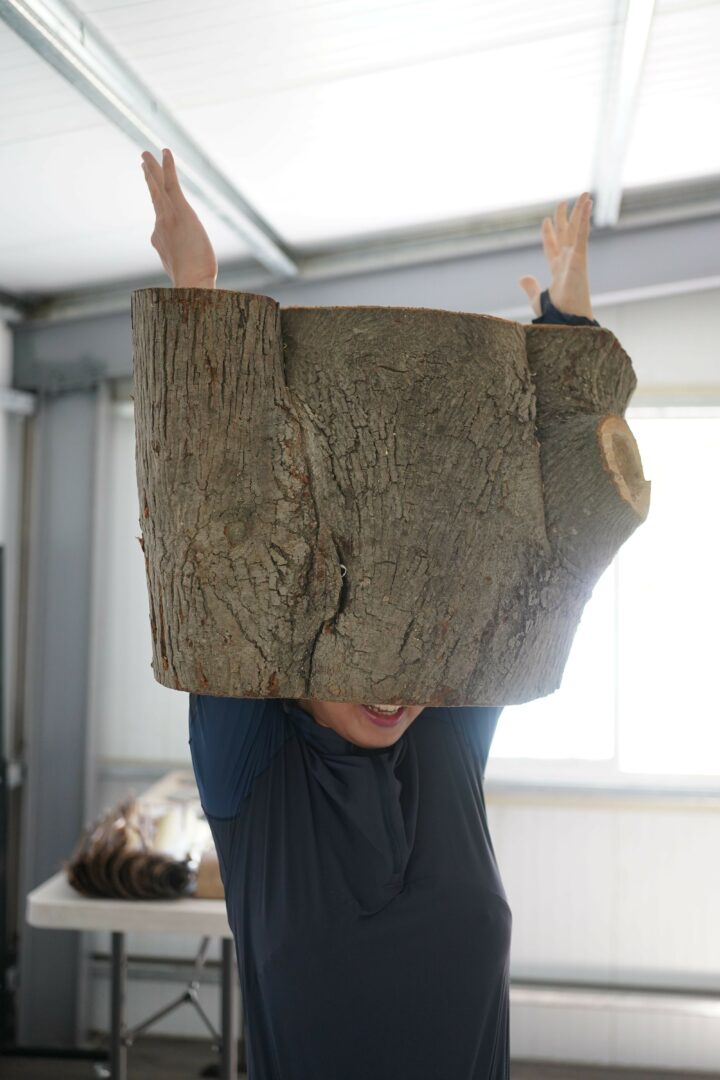
Image Credits
Yue-Shiua Tu
Kuan Hsieh
Zewei P.
so if you or someone you know deserves recognition please let us know here.

